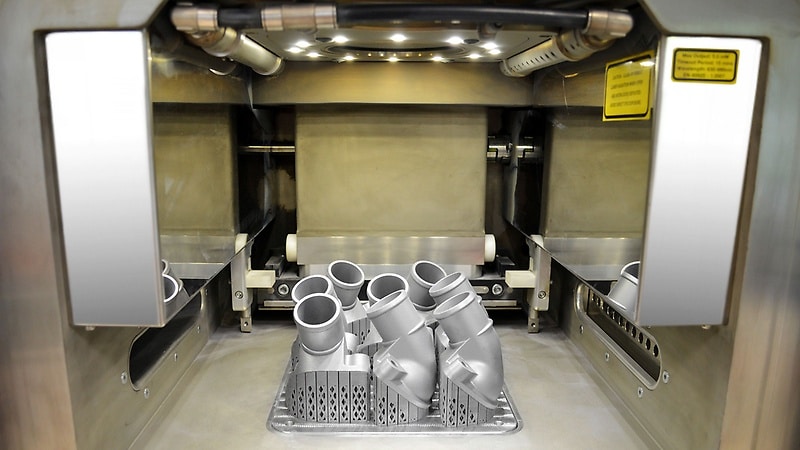In a world in which individual preferences are becoming more and more important, customers are increasingly looking for customized vehicle designs. We’re using 3D printing technology to search for flexible and economical solutions here.
3D-printed spare parts
It is now possible to integrate a farebox manufactured using 3D printing into the driver cockpit in Mercedes-Benz city buses. Thanks to 3D printing, truck replacement parts are also now available on demand, which enables rapid and economical production of low unit volumes as well, and also reduces inventory costs and resource utilization.
Now also in metal
The first metal truck replacement part has now been 3D printed in original quality. The part in question is a very robust thermostat cap for trucks and Unimog models from older Mercedes-Benz model series.
,xPosition=0,yPosition=0.5)
